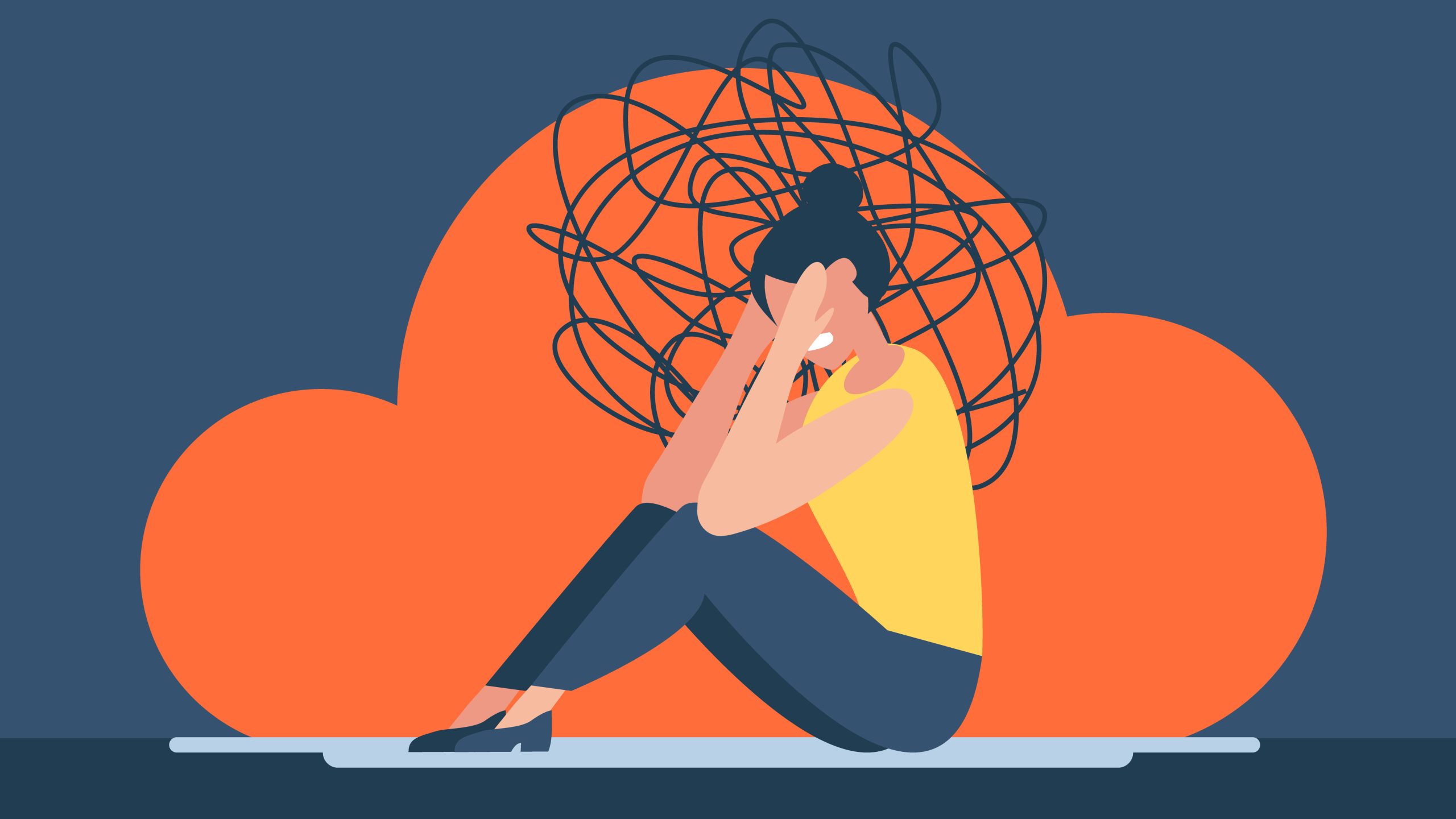By Amy Moreno, MA, LPC Associate
On the outside, everything appears calm and regular. The to-do list for the day must get done, the groceries need to be picked up, the bills need to be paid, and the world is just moving along—business as usual. But inside, your mind starts racing for seemingly no reason. Worry takes hold. Your heart starts pounding, your hands start to sweat, your stomach might tighten, and you cannot control the feelings of dread and doom.
This is anxiety.
Did you know 19.1% of adults in the United States experience symptoms on any given day because of their anxiety disorder? Roughly 40 million individuals are diagnosed with some form of anxiety, which makes it the most diagnosed mental health disorder in the United States. If anxiety has intruded into your life, you are certainly not alone.
Common anxiety symptoms include:
- Feeling nervous, restless or tense.
- Having a sense of impending danger, panic or doom.
- Having an increased heart rate.
- Breathing rapidly (hyperventilation).
- Sweating.
- Trembling.
- Feeling weak or tired.
- Trouble concentrating or excessive worry.
- Having trouble sleeping.
- Having an upset stomach/problems with digestion.
- Having the urge to avoid things that trigger anxiety.
(http://www.themayoclinic.org)
Living with an anxiety disorder can be exhausting and debilitating; however, anxiety disorders can be treated quite effectively! Therapists are trained in tools and techniques that can provide relief, such as cognitive-behavioral strategies, mindfulness practices, and coping mechanisms.
In the case of underlying trauma, EMDR (Eye Movement Desensitization and Reprocessing) is a treatment option. EMDR reduces trauma-related anxiety by reprocessing memories and allowing them to become less emotionally charged and triggering.
One of the most important things to know is that anxiety does not define you—you are not your anxiety. Learn how to manage your anxiety, gain a deeper understanding of its root causes, and quiet the storm within you.

